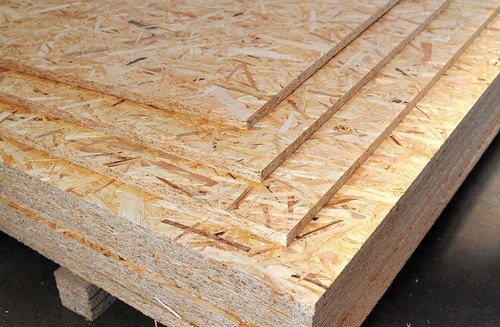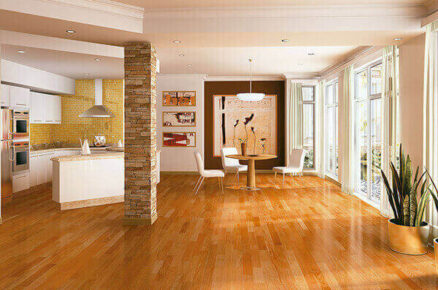When purchasing hardwood flooring in Mississauga, it’s important to know the subfloor materials suitable for the project. Subflooring is the foundation upon which your hardwood flooring will be installed, so choosing the right kind is a critical step. Indeed, even though it may be hidden from sight, your subfloor structurally supports your investment.
Neglecting this vital element will result in costly problems down the road. The wrong subfloor can lead to squeaking, sagging, uneven flooring and extreme wear on high traffic spots. Hence, it directly impacts the finished flooring, making it necessary to put some thought into selecting the right material.
So, what are the different types of subfloors you can choose for hardwood flooring in Mississauga?
Let’s find out.
Common Types of Subfloors Suitable for Hardwood Flooring in Mississauga
Let’s take a look at the different subfloor materials you can choose from when installing hardwood flooring in Mississauga.
-
Plywood
Plywood subfloors are made from engineered materials manufactured from thin composite layers of wood veneer that are put together in adjacent layers. A construction-grade adhesive is used to bond them.
Once installed, your wooden flooring can be nailed or glued to the plywood subfloor. Plywood comes in ½” and ⅝” thicknesses, but it’s best to choose thicker varieties when you plan to install hardwood flooring.
-
Particle Board
Particle board (a.k.a. chipboard) is one of the oldest engineered wood materials. It is made using wood chips combined with resin. These materials are pressed together to produce the subfloor material and are relatively cheaper than plywood.
Particle boards have become increasingly popular due to their durability and ease of installation. However, keep in mind that your solid hardwood flooring cannot be nailed to it, so gluing is the only other option. Or you can install a layer of plywood on top of the particle board. However, this may create a height difference with adjoining rooms.
-
Orient Strand Board
Also referred to as OSB, this subflooring material is similar to plywood and arguably just as common. It can be installed in the same way as plywood and provides similar performance, but is generally more expensive.

Unlike plywood, which may have small bumps on its surface, its surface is flat and smooth. However, it’s important to inspect the joists before installing OSB panels to ensure their proper installation. Remember not to step on the joists when installing the subfloor panels.
OSB panels should be acclimated to their new environment to ensure that the moisture content does not change. That’s why it’s a good idea to store the boards on site.
These are some of the best-suited subfloor materials for hardwood flooring in Mississauga. As you can see, they are not all the same. So, understand your home and do your research before choosing a subflooring material. Your flooring is an investment, so you want to make sure you install the right subfloors to add to its life.





